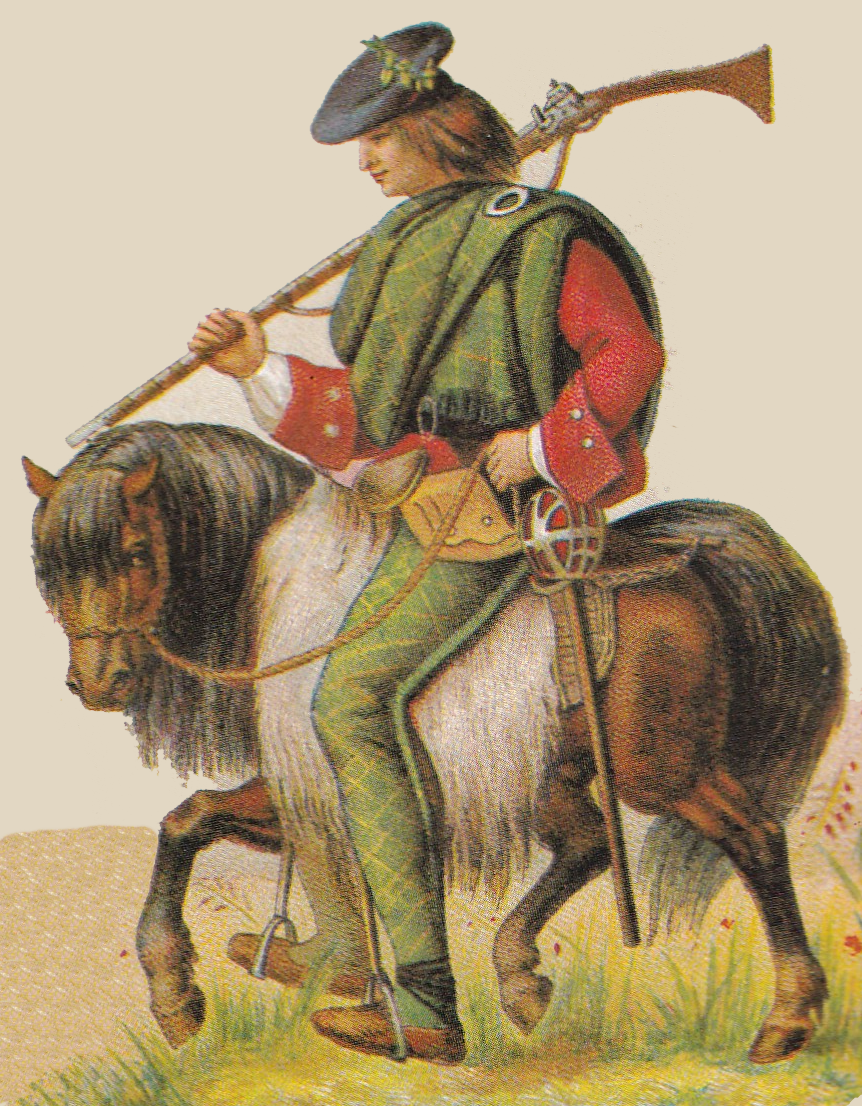Sea Warriors of the Hebrides – The Barra MacNeils
The Barra men, who were largely descended from the ancient Irish and Norse sea-rovers used to sail from the Outer Herbrides down to Ulla, in South Mayo and prey on the O’Malley’s country. Granuaile’s clansmen would then invade Barra, even though the territories of the two tribes were divided by over 250 miles of foaming waves.

During the sixteenth century the men of Barra were the boldest of the Hebridean rovers who raided he Ulster sea-coast, and in 1545 the MacNeil’s were among the 4000 Islesmen who swore allegiance to the King at Carrick-fergus. In Barra is still told the story of three soldiers and their magical adventures in Dublin.
The MacNeil’s of Barra were the greatest seafaring warriors of the Isles, and their fighting strength was 200 men. Their plaid embodied the changing colours of the sea, with its blue and green and white checks; and they wore seaweed as their bonnet badge. A birlinn or six-oared galley with sails was quartered with a castle craig on their coat-of-arms, the supporters of which were fish. The MacNeil’s war cry was “Buaidh no Bas,” Victory or Death, and the clan pipe music comprised a March and a Lament.
The names of “MacNeil” and “Barra” respectively denote “Sons of the Champion,” and “Isles of the Ocean.” The ivy-covered ruins of the MacNeils’ strong castle of Kisimul crown an island rock in a bay, near Castlebay fishing village, in the south-east of Barra. This is a lofty tower, containing a little hall, with a magazine, surrounded by a six-sided wall which is thirty feet high. Round the rock are cut docks or anchorages for galleys. The castle was build over seven centuries ago, on the site of a Viking fort. The MacNeil’s burying place was in the ancient abbey of Saint Bar, on the Northern side of their eight-mile-long island.
The story of the MacNeils is a miniature history of Gaelic Scotland. They were a very ancient race, and they once claimed to have been in the world before the flood, explaining their absence from the Ark by the incontrovertible assertion that “The MacNeil had a boat of our own”! The clan rose to power in 1264, when the Gaels of Barra slew the last of the Vikings, who had ruled the island for centuries. Fifty years later the chief, Nial Og, fought at Bannockburn. In 1427, in a battle on the shore of Coll Island, the MacLeans and 50 Irish rovers defeated 120 MacNeils of Barra, whose chief was killed, while one clansman saved himself by leaping backwards over a clear, quick brook, after which the MacLeans stormed Kisimul Castle.
The MacNeils of Barra were on the losing side at the Battle of Glenlivet, in the autumn of 1594, when their chief, Rodrick or Ruari, was killed by the first shot from the Gordons’ field-pieces. Late in the sixteenth century the MacNeils sided with the MacLeans in their fierce feud against the Macdonalds. Ruari the turbulent, son of the Glenlivet chief, having seized an English ship off Barra, was brought to Edinburgh by Mackenzie of Kintail, who had sailed to Kisimul and had captured MacNeil by inviting him on board his ship and having him plied with liquor until it overpowered him. The pirate Ruari, however, was pardoned, but his son, having taken, by piracy, a ship of Bordeaux, died during his trial in Edinburgh in 1613.
The Clan MacNeil of Barra, 120 strong, fought for the Stuarts at Worchester in 1651, at Dunkeld in 1689 and at Sheriffmuir in 1715. When Prince Charles, disguised as an Irish priest, came to the Highlands, his French frigate cruised near the east coast of Barra on July 23, 1745; and the long-boat, being sent ashore for a pilot, brought on board the MacNeil’s piper, the first Highlander to serve the Prince. In May, 1746, when the last battle had been fought for the great lost cause, warships came to Barra, and General Campbell’s red-coats scoured the island for the Prince.
Roderick MacNeil of Barra, a lieutenant in the old 78th of Fraser’s Highlanders, was killed on the heights of Abraham, at the Battle of Quebec in 1759. One century afterwards his descendant, the last chief, became the Colonel of the 78th Highlanders. The latter MacNeil sold Barra in 1840, and ten years later during the Highland Clearances, hundreds of the islanders were forcibly shipped to Quebec, where nobody understood their Gaelic speech and they had to beg their way into Upper Canada.
The MacNeils never counted the cost of their gallantry or their generosity, and their pride was great. It was said that after their meals they used to inform the world, by a blast on a horn from the tower, that all might then feast. As late as 1703 the cockman or guard watched day and night on Kisimul tower wall, spending his time looking out to sea for invaders who never came, or in throwing stones into the water as he sang Gaelic songs.